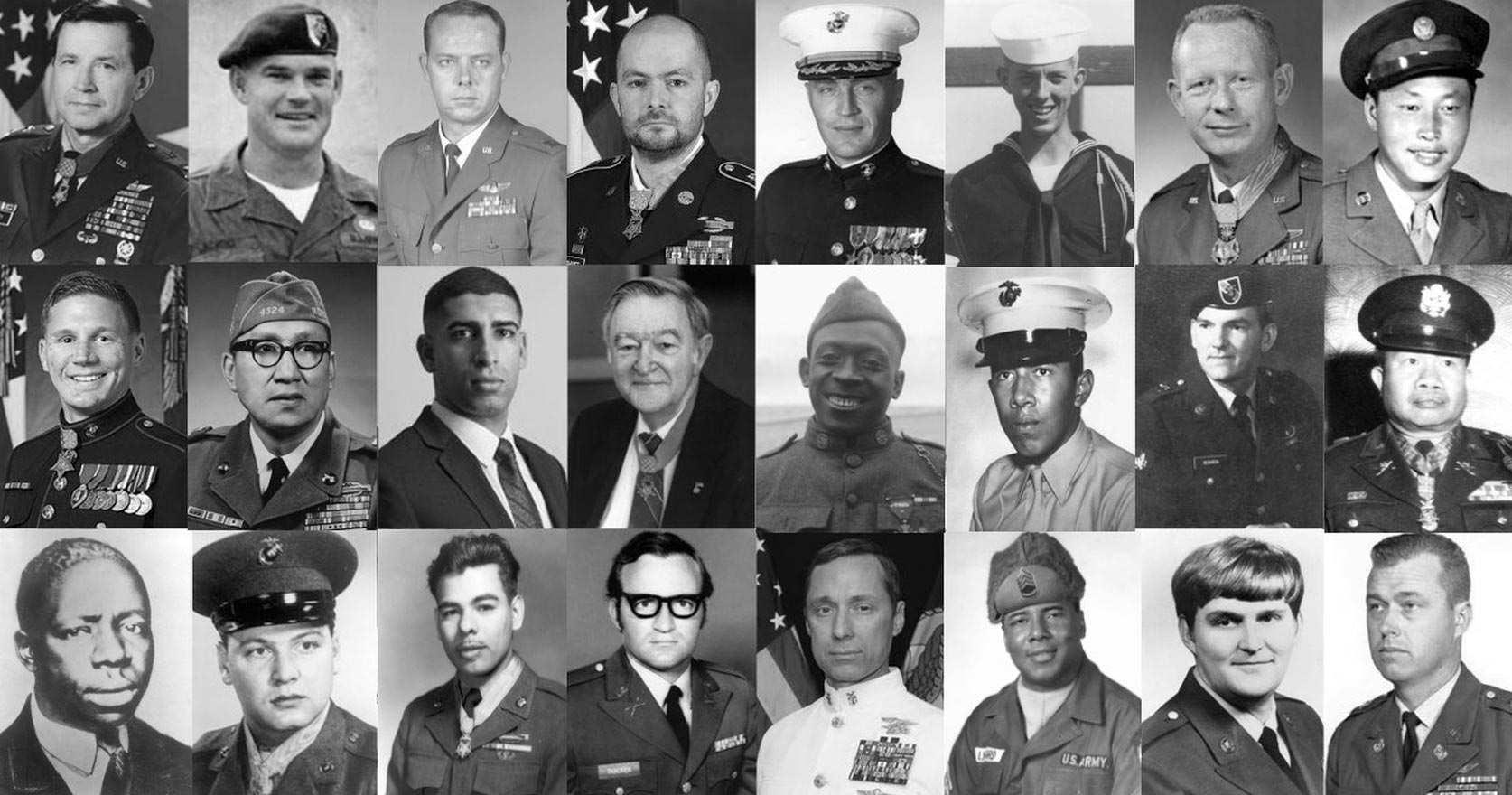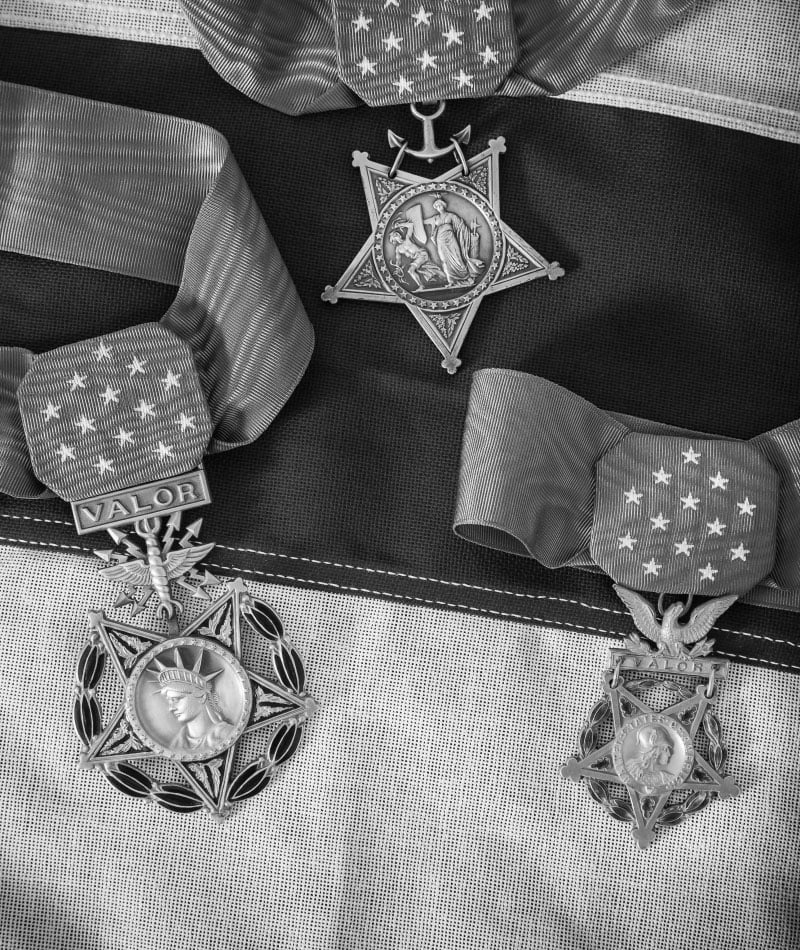
Congressional Medal of Honor Society
Stories of Sacrifice
Interim 1915 - 1916 - U.S. Navy
Eugene P Smith
- Rank: Chief Watertender
- Conflict/Era: Interim 1915 - 1916
- Unit/Command:
U.S.S. Decatur - Military Service Branch: U.S. Navy
- Medal of Honor Action Date: September 9, 1915
- Medal of Honor Action Place: U.S.S. Decatur at Sea
Attached to U.S.S. Decatur; for several times entering compartments on board of Decautur immediately following an explosion on board that vessel, 9 September 1915, and locating and rescuing injured shipmates.

- Accredited to: San Francisco, San Francisco County, California
- Awarded Posthumously: No
- Born: August 8, 1871, IL, United States
- Died: March 24, 1918, New York Naval Hospital, NY, United States
- Buried: Cypress Hills National Cemetery (MH) (2-7742), Brooklyn, NY, United States
Additional information on his action comes from U.S. Navy General Order No. 189, dated February 8, 1916, which restated a report from the commander of the USS Decatur: "The cause of the explosion was unknown; there were serdious possiblilities of more explosions; fire was thought to exist in compartments A-1, A-2, A-97-M, and the magazine, A-98-M. The men had to breathe dense, suffocating gases, the nature of which was unknown, and which might have resulted fatally to any of those who stayed long enough to have had to take one or more breaths. In spite of this, men went into these compartments time and time again, and with an admirable disregard for their own safety, finally succeeded in getting out the three gunner's mates who were in A-2 at the time of the explosion.
Eugene P. Smith, chief water tender, is by far the most deserving of praise. He was either the first or second to enter A-2, and it was through his efforts that the men were located. He went into A-2 between five and eight times and covered practically the entire compartment, located Elkins in the corner farthest form the ladder, and did most of all to save his shipmates. He was partially overcome by the fumes once, but as soon as he could, he again went in and found Elkins."
